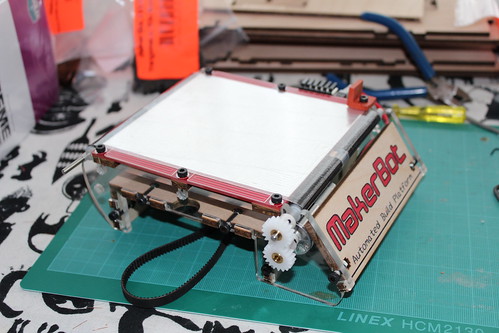Just a quick one about one of my pet annoyances. It doesn't happen to me that much since I went freelance, but I still do get asked these occasionally when places are chatting to me about doing work for them.
I hate it when I'm being interviewed for a tech job and someone asks you one of those stupid logic puzzles. They don't really do anything other than see whether you're any good at logic puzzles or not, and most of them are so abstract as to be pointless. You know the kind of thing, "You have a herd of Elephants, some Snakes and a Bee. How do you weigh the Elephants?".
You're interviewing me for a programming job, not a job writing cryptic teasers for the local paper! By all means ask me something programming/code related, like "you have a design with rounded corners and drop shadows and you need the resulting pages to work in IE6, what techniques would you use in the HTML/CSS?", or "you have a website that's using a high amount of RAM and CPU, how would you troubleshoot the problem?". Those are relevant, and allow me to demonstrate my problem solving skills, AND my knowledge of a relevant subject.
This whole post came up after a very amusing chat with some devs at a clients' office recently, and one of the guys was once asked something like:
"You meet a guy in Japan at a business meeting and you get his number, but not his name. You have the phone-book for the city, how do you find out his name?".
Well, for a start, the person setting the question has clearly never done business in Japan. The chances of you getting just a number from a businessman, rather than a full on business card with all the ceremony that it entails are pretty slim. Apparently "looking the number up on the internet" wasn't and acceptable answer (why not I don't know, it'd probably be the quickest way to do it), phoning up directory enquiries wasn't allowed either. He never did get told the "correct" answer in the end by the interviewer, but this sort of question entirely illustrates my point. It's not a very realistic question, and they don't want a practical answer, they want something clever and convoluted. I don't know about you lot, but back when I did the hiring, I wanted people who could demonstrate practical problem solving skills, not someone who can come up with something clever involving six weasels, an elk and a bag of porridge.
I'd be interested to hear if anyone else has had any particularly dumb/pointless interview brainteasers!
:)



